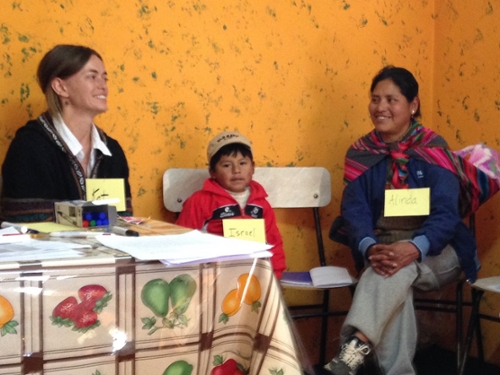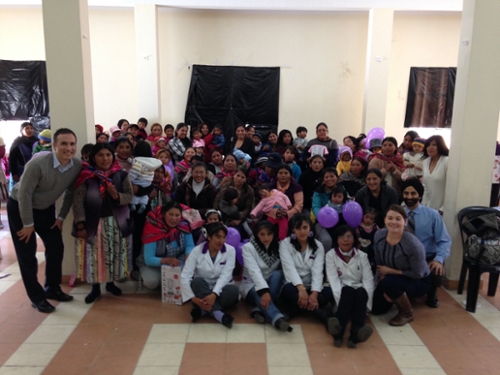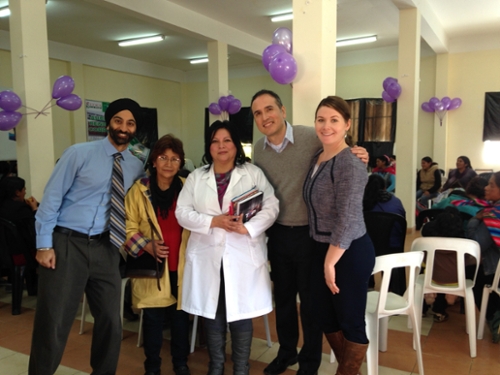Problem. Worldwide, rotavirus is the most common cause of severe diarrhea, death, and illness in children under the age of five creating a tremendous burden on national health systems and household economies. Of concern, clinical studies have shown a 30% gap in the efficacy of rotavirus vaccines between low-income and medium- to high-income countries.
Goal. Our goal is to identify strategies for national and international programs to increase the benefits of the rotavirus vaccine in developing countries.
Applied research. Our results are used to identify and develop interventions or potential policy changes that will improve the benefit of the rotavirus vaccine to infants. In Bolivia, we have quantified the cost-effectiveness of the rotavirus vaccine and identified pre- and post- vaccine rotavirus epidemiolog. We also explore the biological mechanisms (such as nutrition) through which rotavirus vaccine efficacy may be affected and the mechanisms of vaccine uptake and coverage. We use a combination of epidemiologic, clinical, immunologic, economic, laboratory-based, and community-based approaches to address our goal.
Partnerships. We share our results with important stakeholders including the government (e.g. the Bolivian Ministry of Health and Sports, the Bolivian Universidad Mayor de San Andres and the Pan American Health Organization). Our cost-effectiveness studies helped maintain governmental subsidies of the vaccine in Bolivia. We also partnered with the Centro de Atención Integral para Adolescentes (CAIA, a non-governmental organization) in Bolivia and the Gastroenteritis and Respiratory Viruses Laboratory Branch, Division of Viral Diseases, and the Nutrition Branch of the United States' the Centers for Disease and Control and Prevention. We have received funding from the National Institutes of Health and private foundations towards this work.
All photos of individuals were deidentified or consents were obtained.





